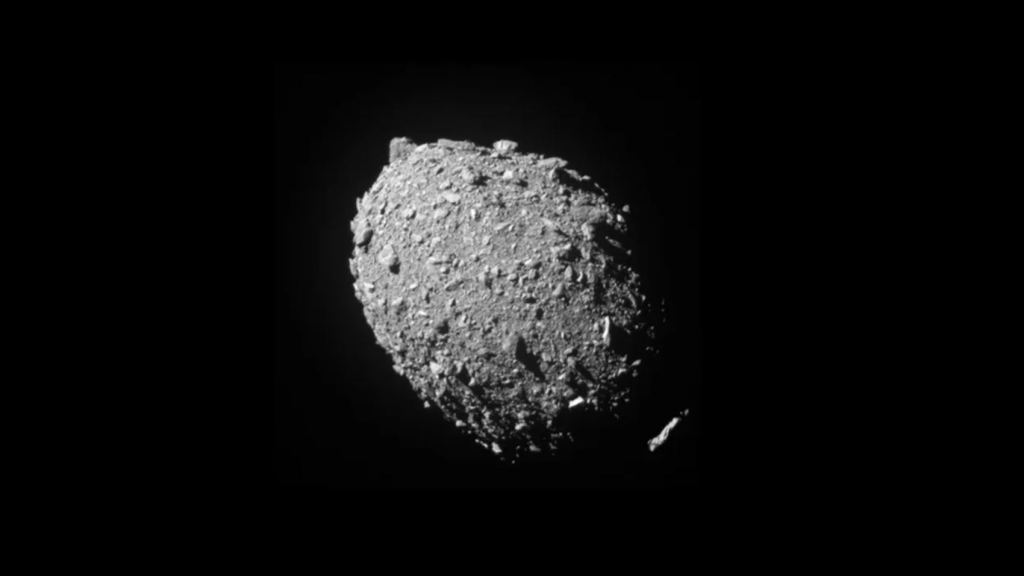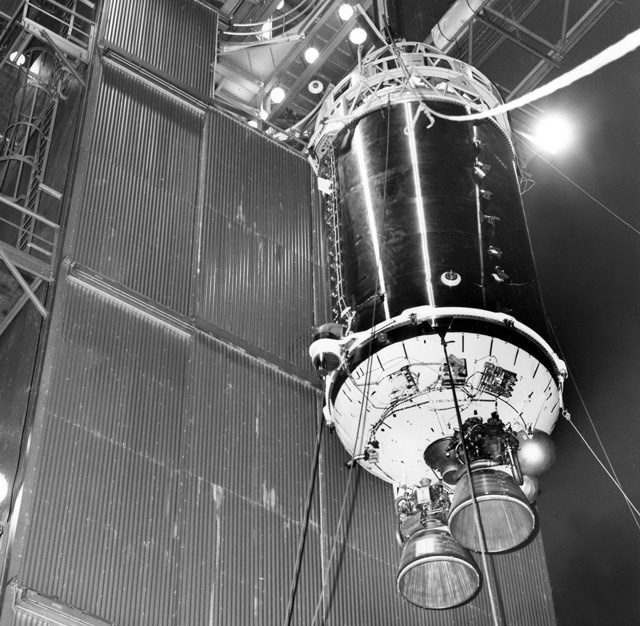The Moon has inspired poets and artists, musicians and playwrights. The sight of our one and only Moon is familiar to anyone that has ever glanced up at the night time (and sometimes day time sky!) Every so often though, our Moon (note the use of capital 'M')is joined by a small asteroid that wanders too close. Astronomers have detected an 11-metre wide asteroid that has the snappy name 2024 PT5 and it came within 567,000 kilometres of Earth and will become a temporary satellite from 29 September until 25 November when it will leave our system.
Planets, comets, satellites and asteroids are the main constituents of our Solar System, plus of course, the Sun. The asteroids are small rocky objects that orbit the Sun with the majority in orbits between Mars and Jupiter. These remnants of the early Solar System come in a wide range of sizes from those measuring just a few centimetres to others measuring hundreds of kilometres. They have no atmosphere and are usually irregular in shape.
Asteroids that pass within 1.3 astronomical units (one astronomical unit is the average distance between the Sun and Earth) are typically referred to as near-earth objects (NEOs.) Their proximity to Earth means they may - if not immediately - pose a potential impact threat to Earth. Most NEO's pass by harmlessly on each orbit but they are tracked for future threats. The study of this family of asteroids helps us to understand about the formation of the Solar System.
On occasions, Earth can capture asteroids from the NEO group and for a short period, pull them into an orbit. These temporary captures can be very short lived not even lasting for an entire orbit before returning to their regular trajectory. Others like 2006RH120 remained in orbit around Earth for a year, while some have been captured for more than a year. These mini-moon events have even turned out to be pieces of space junk like one identified in 2020 which turned out to be a rocket booster from the launch of Surveyor 2 in 1966!
Asteroid 2024 PT5 is a NEO that was discovered on 7 August 2024 by ATLAS, the Asteroid Terrestrial-impact Last Alert System. It measures 11 metres across and can approach within 1 million kilometres of Earth in an orbit whose path resembles a horseshoe shape. This complex type of orbit occurs when a smaller object orbits a relatively larger object. In the case of 2024 PT5, the gravitational attraction of Earth changes the shape of the asteroids elliptical orbit. The horseshoe shape is only evident when the orbit of the asteroid is mapped relative to both the Sun and the Earth.
The dynamics of the two objects means that for a period of 56 days from 29 September to 25 November, 2024 PT5 will officially orbit the Earth although it is only classed as a 'temporary captured flyby.' It will only perform one single orbit however before it returns to its usual heliocentric, Sun centred orbit. This won't be the only time though as it is predicted to return again in 2055.
Don't get too excited about seeing it though. The object will be far too faint to be seen with the naked eye, even beyond the visual range of amateur telescopes. It is however possible for experienced amateur astronomers to capture images of the asteroid using astronomical imaging techniques.
Source : A Two-month Mini-moon: 2024 PT5 Captured by Earth from September to November
 Universe Today
Universe Today


